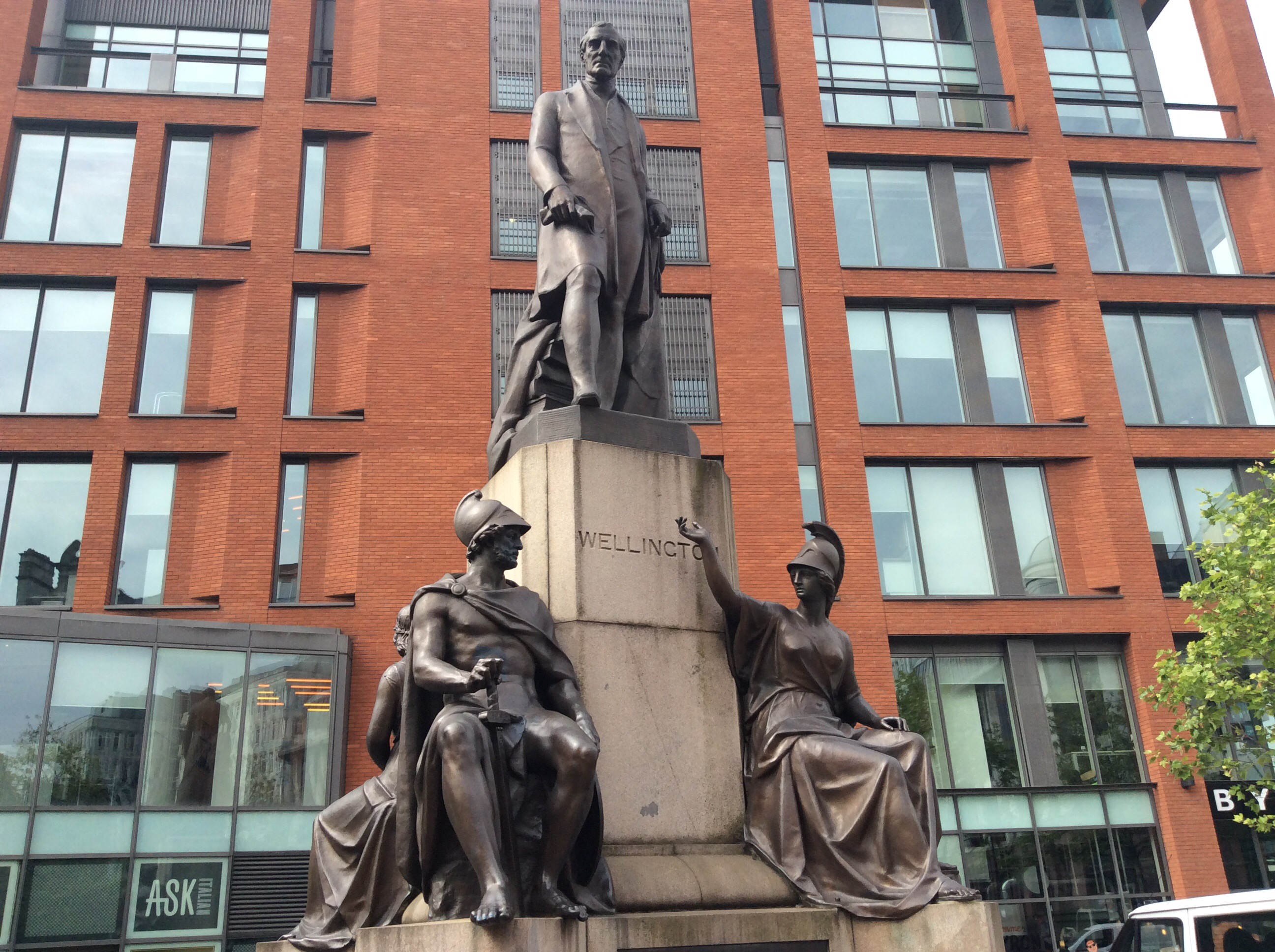The Battle of Waterloo finally put paid to Napoleon’s hopes of dominating Europe. Although he had been defeated in 1813, after the disastrous invasion of Russia, he spent less than a year in exile on the Mediterranean island of Elba.
He returned to France, met no opposition from troops sent to intercept his forces, and quickly marched on Paris as Louis XVIII fled.
Napoleon reassumed power on March 20, 1815, and by June had assembled an army of 200,000 men. It moved north into present-day Belgium and met a force of British, Dutch and Prussian troops nine miles south of Brussels.
In the ensuing battle, during which British troops were commanded by the Duke of Wellington, more than 40,000 lives were lost. Although he never actually described the fighting as a damn close-run thing, he did say: “My heart is broken by the terrible loss I have sustained in my old friends and companions and my poor soldiers. Believe me, nothing except a battle lost can be half so melancholy as a battle won.
Wellington returned to England a hero but when the hero of Waterloo, came to Manchester in 1830 as part of the dignitaries to witness the opening of the Liverpool to Manchester railway, his carriage was pelted with stones by people with long memories.
Wellington, staunch Conservative and reactionary who had seen the result of the power of the mob in his native Ireland was never going to be a friend to a northern town at the forefront of demands for radical change.
After his victory at Waterloo, he entered politics as master of the Ordnance, and was given a place around the Tory cabinet table.Unfortunately the Britain that he remembered from its pre Napoleonic war days had changed.
It had been twenty years since he had spent time in the country, in that time it had moved from bring a largely agricultural economy towards an industrial powerhouse and the people wanted change.
The mood of the country would cumulate on the 19th August at St Peter’s field, among the dead was a veteran of Waterloo.
The tragic events were dubbed Peterloo in a satirical recollection of the Duke’s victory in Belgium four years previously, heightened by the knowledge of the duke’ opposition to parliamentary reform and any form of agitation.
The cartoonists had a field day, George Cruickshank depicting the Peterloo medal with an image of a member of the yeomanry attacking a malnourished man with an axe.
Wellington meanwhile, congratulated the magistrates in Manchester on their actions, suggesting that the leaders of the agitators be hung.
Later appointed Tory PM, he was found wanting in a job that was unsuited to his charactor, and was confronted with the issue of of Parliamentary reform. He was steadfast in his opposition,opposing believing in his class’ right to govern and seeing reform as being the road to revolution and civil war.
His stance left him isolated across all classes, the Tory government fell and the Whigs introduced a Reform Bill which was rejected by the House of Lords. The country teetered on the brink with riots in many cities, and Wellington became the symbol of much of the hostility including attacking his home Aspley House, in London, smashing windows.
The official opening of the Manchester to Liverpool railway was 15th September, but the Duke of Wellington arrived in Manchester five days earlier.
He was met at the coach office by an open carriage drawn by four horses, a carriage sent by his host and friend, the Earl of Wilton, and the Duke paraded through the town on his way to Heaton Hall. On the following day, a Sunday, he attended the service at Prestwich Church, and on Monday he toured factories before attending a gala banquet at the Theatre Royal, where he gave a speech to the assembled audience, followed by Lord Wilton who, being an opponent of the building of the railway, spoke repeatedly of his belief it was doomed.
Large crowds assembled along the line and when the train entered Manchester the passenger carriages were pelted with stones by weavers, who remembered the Duke of Wellington’s involvement in the Peterloo Massacre and his strong opposition to the the proposed Reform Act.
He eventually retreated from his position, advising the Lords to vote for it, in politics as in war it seemed he knew when to retreat.
Wellington lived on top the age of 83, a million people lined the streets, his opposition to reform forgotten by the crowds, ‘we have lost the soul of the country’ said Queen Victoria and Manchester agreed, deciding to raise the money for a statue by public subscription.
Designed by Matthew Noble, who would later be responsible for the Albert Memorial, it was inaugurated on the 30 August 1856 at a ceremony that attracted as many as 100,000 spectators.
The commentator in the Gentleman’s Magazine described how “the mayor having, on behalf of the corporation, accepted the statue, commanded it to be unveiled, which was done amid loud cheering, the band playing the national anthem, and the fountains beginning to play simultaneously.”







